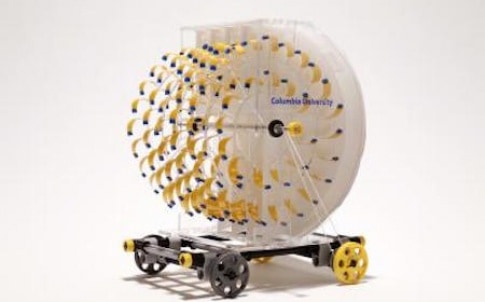
When energy from evaporation is scaled up, the researchers predict, it could produce electricity from floating power generators, or from rotating machines akin to wind turbines that sit above water, said Ozgur Sahin, Ph.D., an associate professor of biological sciences and physics at Columbia University and lead author of a paper detailing the research in Nature Communications.




Glasgow trial explores AR cues for autonomous road safety
They've ploughed into a few vulnerable road users in the past. Making that less likely will make it spectacularly easy to stop the traffic for...